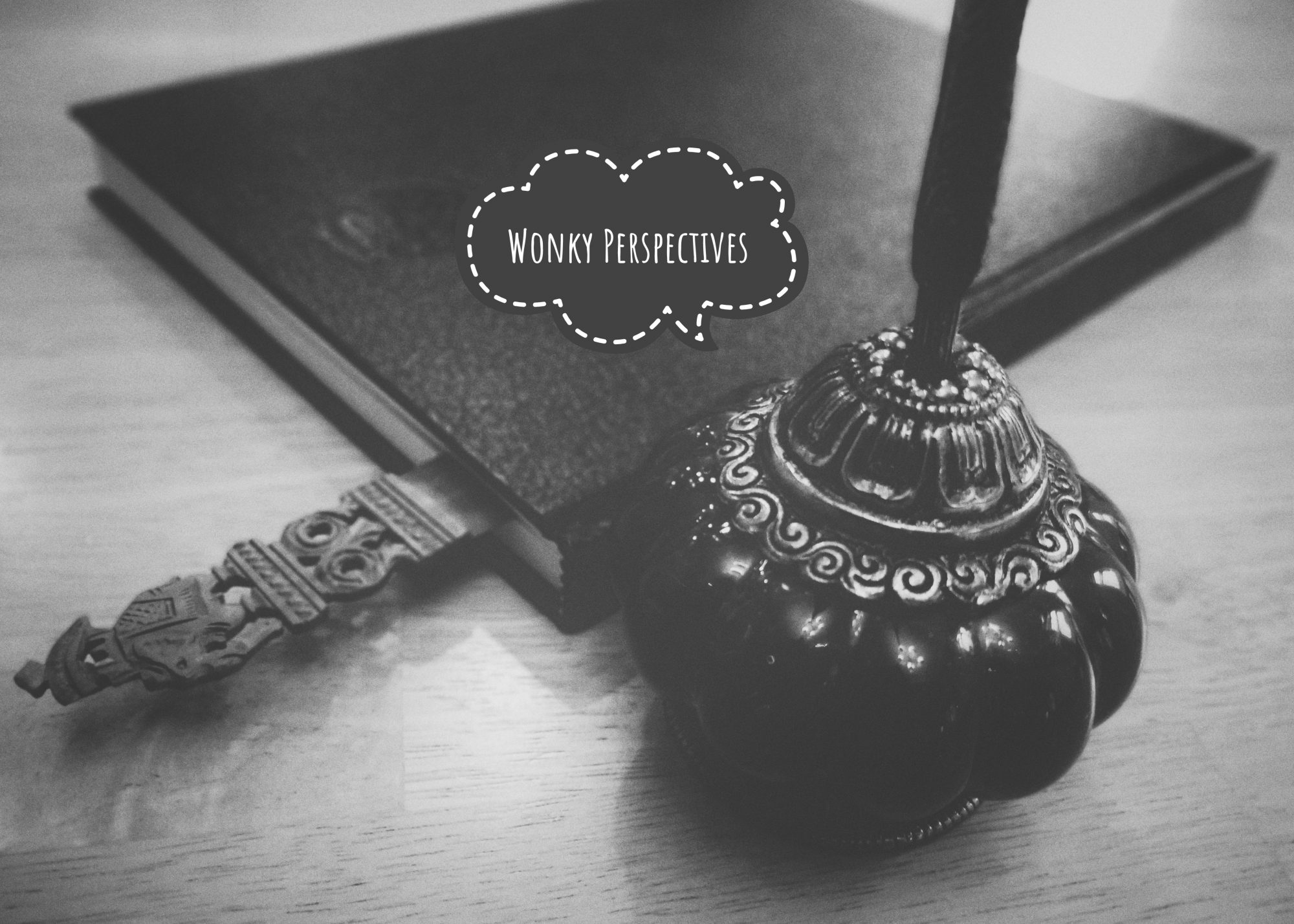The following is a procedure on how to make your own hand sanitizer at home with ready to purchase ingredients. Making your own version is easy, but you must follow the instructions exactly.
Do not add your own steps. Do not substitute.
It is very important to note: If you buy a different percentage of alcohol, then the ultimate needed concentration of 60 % alcohol will be affected.


Aloe vera gel can be your choice, the most important thing is to get the right concentration of isopropyl alcohol.
The following is how I would make the hand sanitizer. I am an ex-researcher and a biochemist.
Keep things ready:
Do the following BEFORE starting to make the mixture. This will make your life easier and you won’t waste time, and hopefully not scald yourself with boiling water. Please be careful with super hot stuff around kids, pets, and yourself.
- Clean kitchen surfaces.
- Wash your hands with soap, friction, and running water.
- Boil water on the stove. Do not microwave it, microwaving plain hot water causes hot spots and it creates small bursts that might scald you.
- While the water is boiling, keep a glass measuring cup (pyrex) and a stainless-steel spoon ready.
- Keep your ingredients, alcohol, gel + a new plastic jar/container ready.
- Don’t keep the bottle of isopropyl alcohol open for no reason. If it tips over, you’ll lose the essential ingredient. Additionally the high concentrated alcohol will evaporate in air over time.
- DO NOT breathe in the alcohol. Another suggestion – Keep windows open while making this concoction, specially if you have a small kitchen or space.
- DO NOT eat/drink/ or consume the alcohol or sanitizer except in the prescribed manner.
Procedure
- Take boiling hot water and pour it into your measuring cup (glass) and add a stainless-steel spoon into the same glass cup. Do not use plastic measuring cups or spoons. Dunk the entire spoon in the hot water and let it soak for a few minutes. In the meanwhile, wash your hands with regular hot water from the tap.
- If you wait until the glass cup gets ‘cool’ to the touch, then it will be too late to continue next steps. Restart with boiling hot water.
- Throw out the hot water from the glass cup, but do not wipe the glass cup with a towel, as it’ll contaminate it again.
- Fill the cup with the aloe vera gel FIRST to the 82 mL mark. If you do this step first, then when the liquid is added it won’t splash as much.
- Add 170 ml alcohol to the 250 mL mark. When doing this, do NOT inhale the alcohol, it will make you dizzy. Typically chemists take shallow breaths when handling such volatile (things that evaporate really fast in room temperature).
- Mix with a CLEAN spoon (the one you’ve soaked in boiling water).
- Now fill it into a clean container.
Notes: Please read the following before you start making the mixture.
- Please don’t add other stuff (fragrances, essential oils etc.)
- Since you are using home/kitchen measuring cups that are not as accurate or precise as laboratory equipment, it would be prudent to use higher than needed quantities of the isopropyl alcohol.
- If your original container of isopropyl alcohol (IPA/rubbing alcohol) is super large (like Costco or some obnoxious size) then transfer to a clean sterilized container (general cup, glass) before measuring it out. Otherwise transferring from a super large container to a small cup will result in a lot of splashing and wastage.
- By using these quantities, even if you make a slight mistake of one teaspoon etc. you will have a concentration that is higher than 60 %.
- Please attempt to be as accurate and precise as possible when measuring the liquid.
- Even if you add a little less of the gel, it is okay.
- DO NOT add too much gel, as that will lessen the total percentage of alcohol concentration.
If you have excess isopropyl alcohol left, keep it. You can make another batch, or use it to make a hand spray. DO NOT waste.

